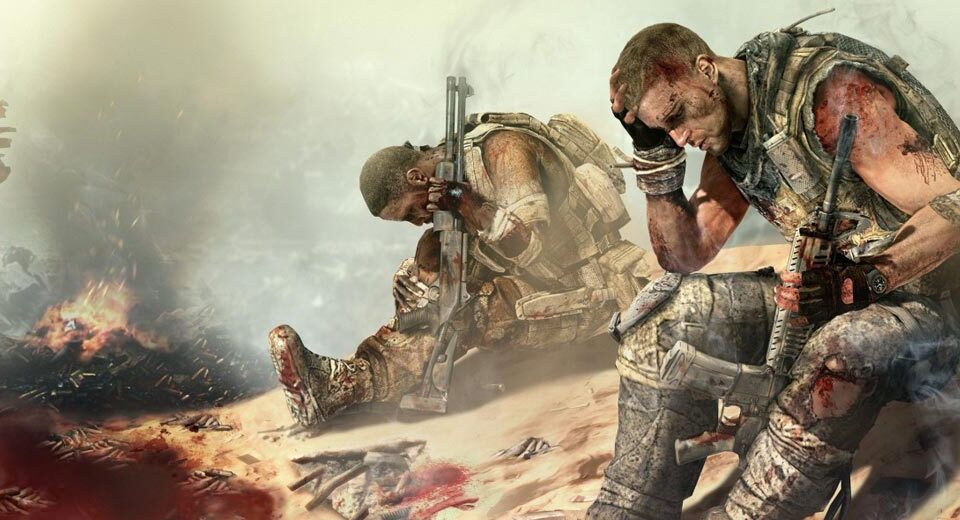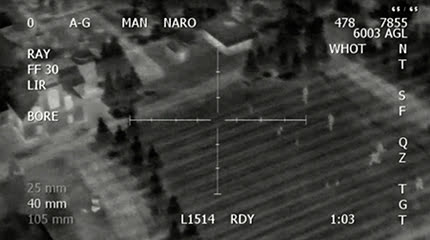Traditionally, people claimed that better, more realistic, graphics meant greater immersion.
But the problem with striving for better graphics inevitably means entering the “uncanny valley”. This is when despite the on screen visuals looking more realistic than anything preceding, it still looks off. And because it is otherwise so close, the smaller inaccuracies bring the player out of the experience, more so than if the game has not attempted to create a realistic visual impression.
Many expected the journey through the uncanny valley to be a long one, yet by the time video games had actually begun exhibiting characteristics of the uncanny valley, it was already on its way out. By the end of the Seventh Console Generation (2005-2013) games like The Last of Us demonstrated the capabilities of these consoles, but also the expertise of game developers, to provide believable characters and environments.
The problem now is that they are already close enough to realism that the effect is jarring, but for the opposite reasons that arise with the uncanny valley. This is particularly in regards to the depiction of violence. When the graphics are unrealistic, the game can get away with more, but also it allows the player to experience this in a more digestible manner because the visuals on screen clearly are infeasible in real life. This does not validate the use of violence on the whole, but it enables games to utilise it, be it for narrative reasons, or simply to facilitate gameplay.
Spec Ops: The Line was released in 2012 and for a game of its time the graphics were of a standard that was considered average. Throughout the game it allowed the player to come in contact with some of the horrors of war through a unique narrative experience. The player becomes closely acquainted with the characters and deals with the choices, or lack of, that are made throughout the journey in Dubai.
However if the graphics were truly realistic, this would likely be too much. Imagine Saving Private Ryan or Apocalypse Now (the film which served as a key influence for Spec Ops) were around 6-7 hours? It would be a truly harrowing experience. Spec Ops, to a certain extent, already is, one that stays in the mind of most who play the game. But because the harm that is coming to the people depicted on the screen are clearly digital representations, there is a disconnection; not from the story that is taking place, but from the violence. Despite this, when combined with the interactivity of video games that is the core differentiating factor from other mediums, the players involvement in a game is substantially more immersive, making a game like Spec Ops feel closer to a real combat zone than any film could provide.
The problem that these sort of games face is that they risk becoming a simulacra, which is when a copy becomes so much like the original, that one can no longer distinguish between the two. To a certain extent this has already happened. Take the aerial scenes from Call of Duty 4: Modern Warfare for instance. They are practically identical to scenes coming out of war zones. But more importantly, one now need only look at footage coming out of conflict areas and notice that actually it is this which is looking like something from a video game. An observation Julian Assange made after Wikileaks released footage showing US helicopter pilots firing on civilians, although he did not make this connection as a criticism of video games, but of the current state of warfare.
This signals that the original has now become the copy, indiscernible from something that for years was simply an imitation. Spec Ops plays with this concept, pushing the brutality of war into the players face. During the infamous white phosphorus scene, the deployment of the “substance” is orchestrated through a screen, and Walker’s (the playable character) face is reflected back at the player; with a purposely innate expression, calmness at the horrors being unleashed. Making the player aware that their own, often, blank expression at the horrors they commit are actually no different to that of some of today’s soldiers.
Therefore Spec Ops does an excellent job of bringing to the attention of players the brutality that exists in the world; and that soldiers, of any allegiance, can face. The idea of providing an experience demonstrating scenarios unfamiliar to most players is no longer a novel concept. But whilst Spec Ops is technically an AAA game, it has largely been for the indie community to provide such experiences as of late. And it is with their smaller budgets and less realistic graphics that they are, successfully, doing so.
Paper’s Please would be absolute drudgery if it was made with “realistic” graphics (which was the original plan according to the games developer). Yet its “stylised” approach significantly adds to the games charm, and it is this charm which aids its immersion. “Gritty realism” in games could likely begin to recede as graphics continue to improve while developers learn to utilise more of the next generation hardware. Being of greater benefit for players in the long run as people often play games for a sense of escapism, meaning they want to look at something that does not instantly remind them of the real world that they just “left”.
For the art form to continue to develop and provide new immersive experiences the key is how narrative and gameplay are implemented. Pretty cut scenes were a useful tool in the past, but are no longer necessary as the main narrative driver, with alternatives available which are just as effective. Spec Ops utilised the strengths that are provided by the medium to tell its story and to make it seem more personal. This was often via the appearance of choice, lulling players into the false assumption that they could make things go their way, when actually they amounted to nothing more than choosing between bad and worse. In addition Spec Ops also utilised what are traditionally weaknesses of the medium, that being loading screens. At the start of the game they would mention games tips, but by the end they were displaying messages referring to past events and even criticising the actions of the player. These messages help keep the player engaged in the game during a part when they would usually be inert waiting for the game to start.
The Last of Us might seem to undermine the argument made in this article, with its graphical power showing off what was still possible at the end of the seventh gen. But it was how it utilised this power to create convincing characters that were able to emote just as much outside of the cut scenes and enabling interaction through gameplay to move the story forward, allowing for a more intimate relationship. The Last of Us is not the only game to have done so, but at present it has created one of the more believable relationships in a game (outside Role Playing Games where closeness with other character is more of a product of attrition).
Immersion is not something which is easy to attain in video games, despite the interactivity that is intrinsic to the medium. In order for true immersion to occur requires utilising the different elements that make up a game. Of course this varies between different games, as not all have a story which is an essential part. But what is needed is to focus on the different elements that are key to the corresponding game, therefore just focusing on improving the graphics is not enough, as if there is no game behind the visuals then immersion cannot be achieved. Which is why something like Proteus is a more immersive experience than something like Beyond: Two Souls.
There are games that understand the balance that is required to create an immersive experience and Spec Ops has proven itself to be the best example of this in the military shooter genre. One need only compare it to the single player modes of the Battlefield and Call of Duty series’ to understand how quick time events and non-interactive sequences do not equal immersion, but actually drag the player out of the experience. There is no easy “one size fits all” solution to creating immersion in all games, and there are notable exceptions which should be avoided, now is the time to start paying attention to what these are.










I haven’t played Spec Ops yet but I’ve heard so many good things about it (including that it was one of the most overlooked games of last gen).
First person games are good at immersing the player and the ones that work for me are those without speaking protagonists. Half Life being a great example or COD4, especially the helicopter scene.
This may seem hyperbolic, and I don’t make this statement very often, but Spec Ops: The Line is one of the must play games in order to understand the potential of interactive story telling.
It uses the medium to its full advantage to tell its story of the horrors faced in war. It’s a competent third person shooter (with above average team AI). Whilst usually first person can be better at aiding immersion, with Spec Ops the third person viewpoint is effective because of the visual feedback from Walker throughout the game.
This is one of those games where it is very easy to keep thinking of points to write about. Last year for my Masters I was able to write a 5,000 essay on how it is an effective exploration of war. This article included one of the points I explored in that essay. I plan on readdressing some of the points here at a later date.